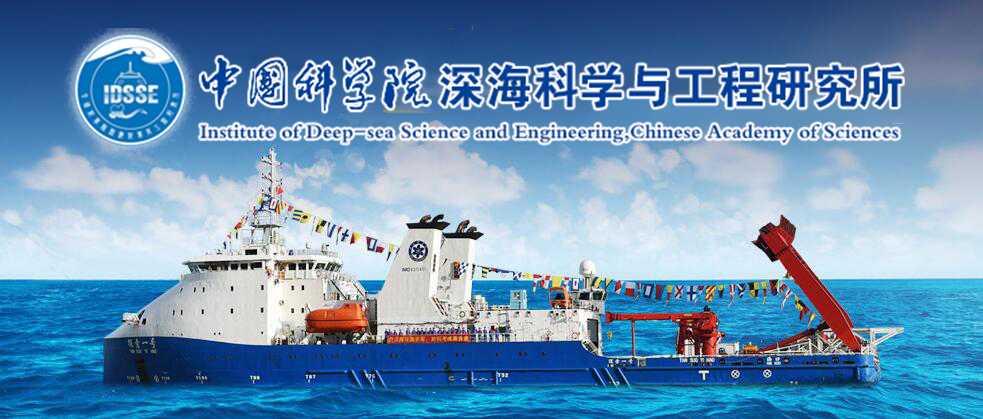Airlift pumps (ALPs) have the advantages of simple structure, easy operation, wide applicability, environmental friendliness, and safety reliability. It plays an important role in the chemical industry and the development of marine resources. The gas-liquid two-phase flow in such devices is similar yet different from those used in applications like nuclear reactor systems and heat pump systems. Research on the key parameter of gas void fraction (GVF) in ALPs is relatively scarce. Therefore, this paper establishes a GVF correlation through the drift-flux model. The experiment was conducted in a vertical pipeline with a total length of 3.245 m and pipe diameter of 0.05 m. The experimental operating conditions included three air inlets, with the submergence ratio ranging from 0.6 to 0.815 and a gas superficial velocity ranging from 0 to 2.5 m/s. A validation was conducted using 315 sets of data under the aforementioned conditions, resulting in a mean percentage error, mean absolute percentage error, and root-mean-square percentage error of 2.37%, 7.82%, and 9.62%, respectively. The comparison and analysis of a large amount of experimental data revealed that the abrupt changes in distribution parameter and drift velocity can accurately reflect and explain the transition and transformation of flow pattern. Furthermore, changing the submergence ratio and the inlet position within a certain range has a minimal effect on the distribution parameter and drift velocity, meaning it has little impact on the distribution of the phases and the relative velocity between the phases.


 琼公网安备 46020102000014号
琼公网安备 46020102000014号
